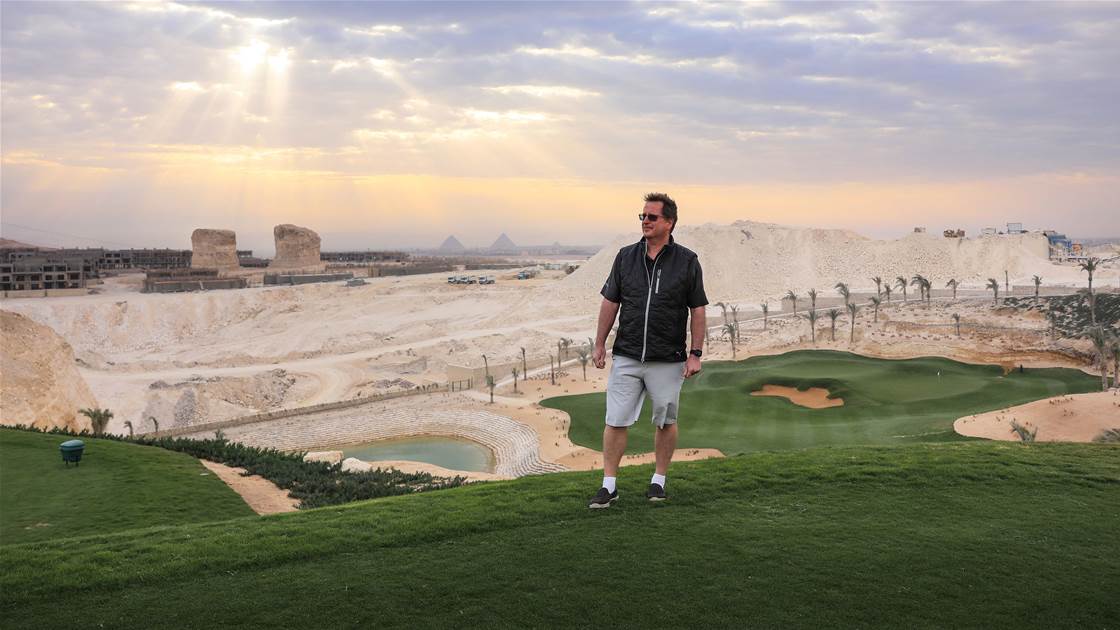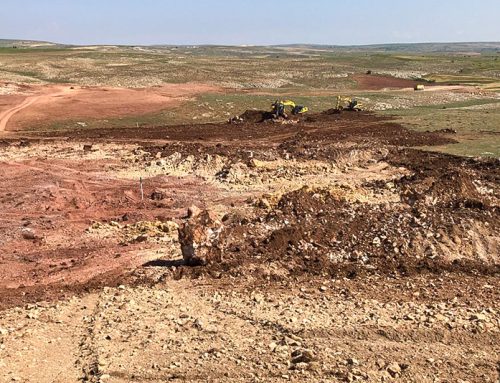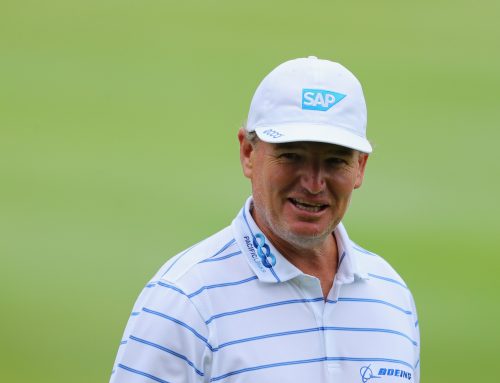Tim Lobb is one of this country’s proudest exports when it comes to golf course design. We caught up with the Surrey-based architect to talk everything golf.
How long have you lived abroad?
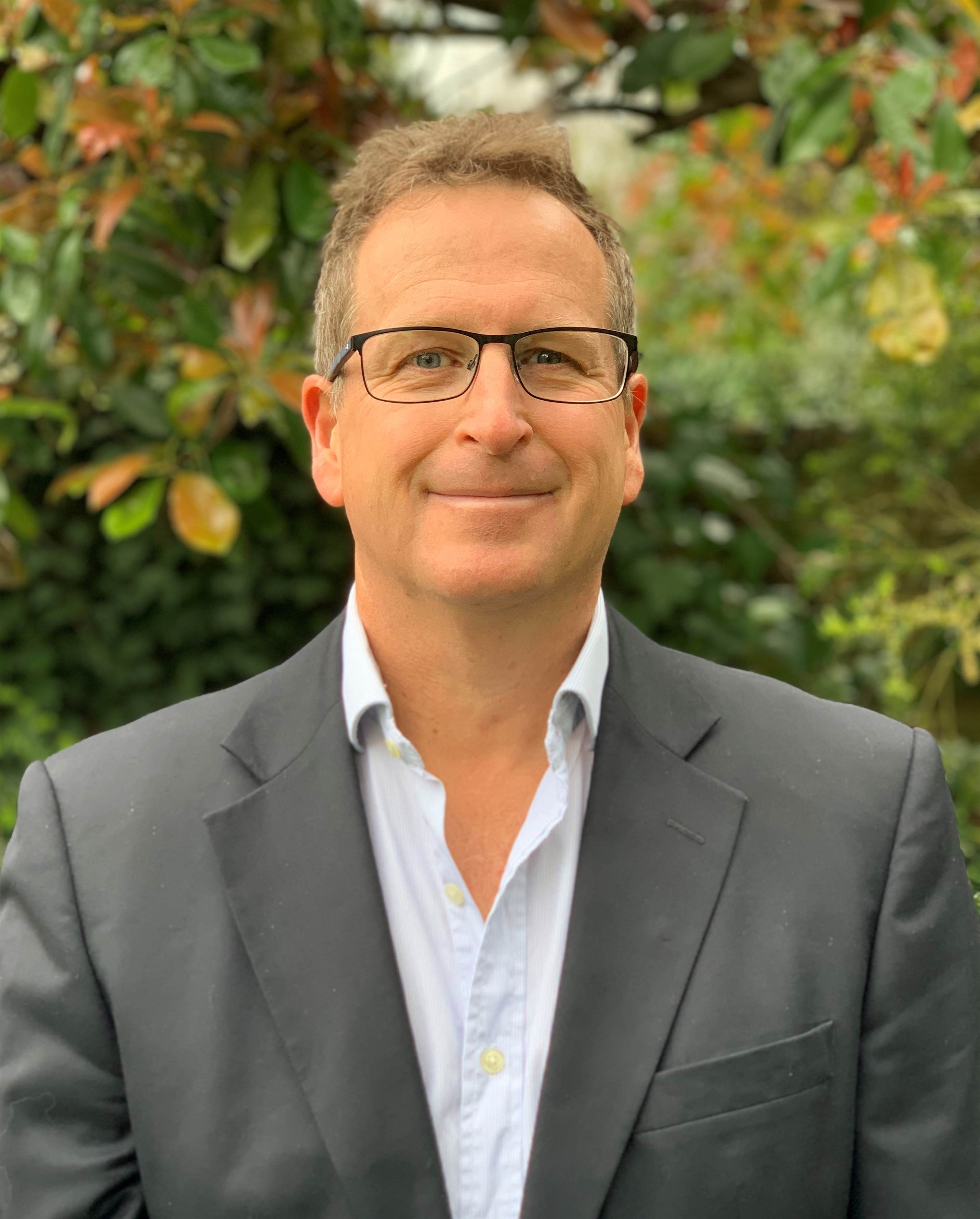 I left Australia in 1996 to go and work in Ted Parslow’s office in Kuala Lumpur after spending one year in his Melbourne office. I was 26 years old when I left Australia.
I left Australia in 1996 to go and work in Ted Parslow’s office in Kuala Lumpur after spending one year in his Melbourne office. I was 26 years old when I left Australia.
I moved to London/Surrey in 1998 and started working with European Golf Design at that time. I’ve been living in Surrey ever since and for 21 years continuously. I still consider myself a proud Aussie despite the years away.
How is the COVID-19 pandemic affecting you?
Just prior to the COVID-19 pandemic we signed a number of exciting new projects in Europe, Africa and North America in which some of them have continued with design studies, albeit quite slowly. So we can work on these from home as best we can during this lockdown period. A few of our other new projects have taken a pause and we will look forward to getting back to work on them later in the year. As they are backed by solid investors and are very viable projects, we are confident of their strong return.
What is the situation like in Surrey at the moment?
We live in Woking, Surrey which is about 60km south west out of London. Thankfully the area we live in is very green with some space to move. Like Australia we have been asked to stay at home except for only essential activities. In terms of our renovation and restoration works that we undertake in the Surrey region to courses like St George’s Hill, Worplesdon, Woking, Huntercombe and Burhill, all the construction had been completed in March thankfully, before the lockdown. The spring weather has been quite warm and perfect for grow in so these works will look great once golf opens up again.
Thankfully during this time of no travels, I have used the time at home to complete lots of household jobs and regained my love for running again.
Has the pandemic altered any of your future plans?
As we cannot travel for the foreseeable future and with most of our projects internationally based, we have become experts at using Zoom and communicating electronically. Great things can be achieved with this technology but we all miss the face-to-face contact and actually seeing, feeling and smelling the land we are creating our golf courses on.
“I am confident that in the end golf will be fine. Some courses will be lost, sadly, but it could maybe be the impetus for us to view our game, the facilities and how we maintain them with a longer term sustainable and diverse outlook.” – Tim Lobb
We have an ongoing construction project in Egypt – which is in Hurgada – and we have had to complete video calls with the guys onsite to see what is happening. It is very hard to get a true feeling for what is happening but it is better than nothing. I also have other trips planned for Europe, Africa and Middle East as soon as travel gets back on board. I’m kind of missing airplane food and the trill of travel.
I am confident that in the end golf will be fine. Some courses will be lost, sadly, but it could maybe be the impetus for us to view our game, the facilities and how we maintain them with a longer term sustainable and diverse outlook.
Where did you grow up?
I grew up in Mount Waverley, Victoria, next to Riversdale Golf Club, where I became a member aged around 13. Later as a teenager, my parents moved to Camberwell and I lived there until I moved to Kuala Lumpur.
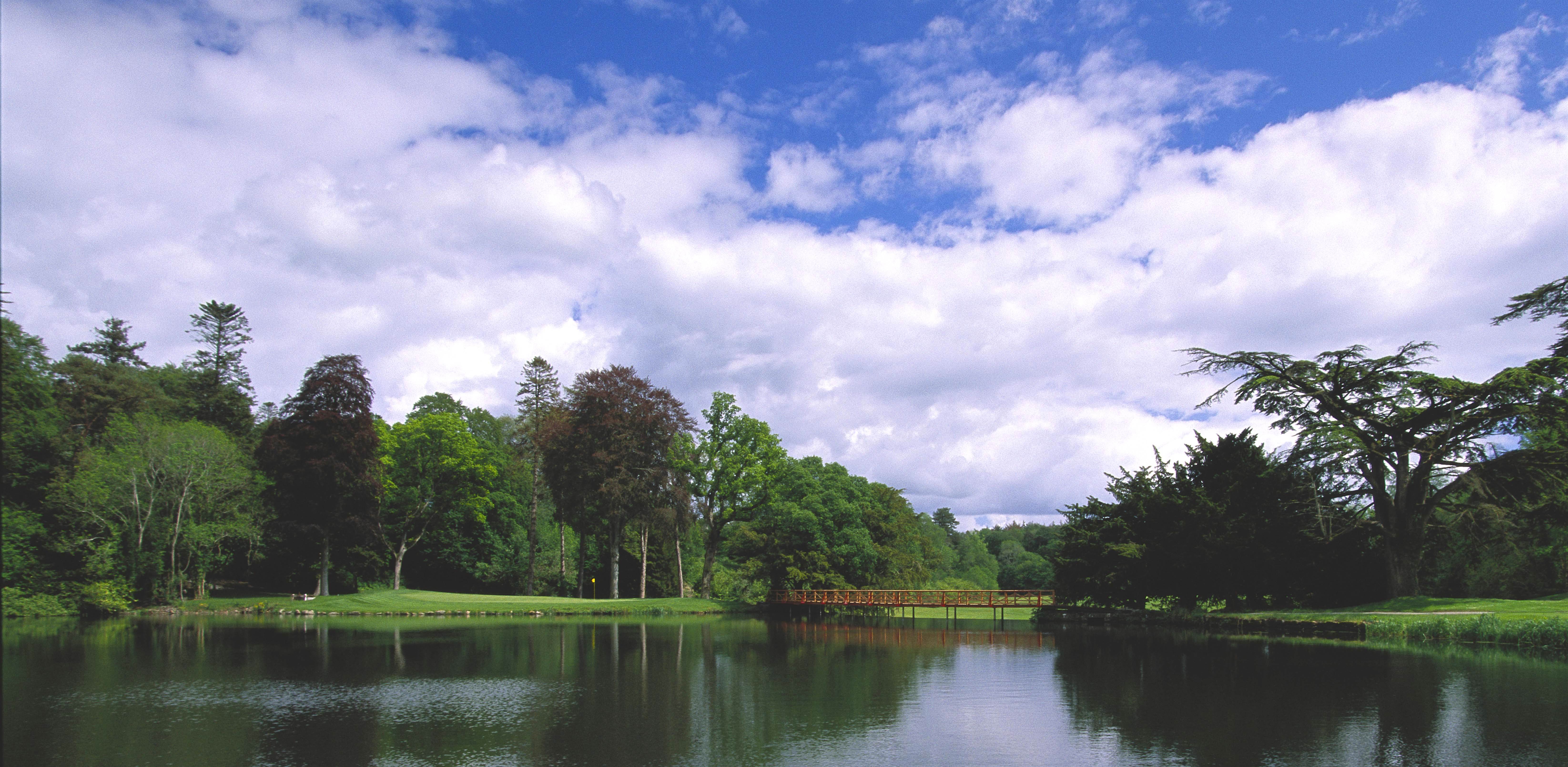
What have been some of your proudest creations?
My first major project in Europe (aged 28) was a new 18-hole course just out of Dublin at a project called Carton House. I had just started with European Golf Design and was tasked with designing the course with Open and Masters champion Mark O’Meara. The course came out well and it was such a thrill to work on. I also got the taste for Guinness which didn’t help the waistline.
With Peter Thomson and Ross Perrett we got to work on some pretty amazing projects including a new championship course in Turkey called Carya. Whilst golf was well developed in the region we wanted to do something different and nurtured the indigenous onsite heather to be the major landscape strategy of the course and make it ‘stand out from the crowd’. The course was host to three consecutive Rolex Series events on the European Tour, with Justin Rose winning back to back.
Our last course to open as Thomson Perrett & Lobb was a course we designed in Cairo called NEWGIZA. The project was an abandoned limestone quarry and we were appointed to assist with the initial masterplan and ultimately design the 18-hole golf course. The course opened in 2018 and was a 14-year project for us. Patience is a virtue in our game.
In recent times as LOBB + PARTNERS we have been consulting to a number of very high ranking heathland courses in Surrey, including St Georges Hill, The Berkshire, Woking, Worplesdon, West Hill and Huntercombe. We never recommend major change to these classics and primarily look to restore the lost landscape balance or lost play strategies. It is such an honour and very humbling to consult to such esteemed golf clubs.

Can you tell me what it was like working with Peter Thomson?
Peter Thomson was my childhood hero and my father always said to me to model my golf game and demeanour on him. I got to know Ross Perrett firstly and we started the conversation of joining ranks in 2002. By 2004 we had agreed to form Thomson Perrett & Lobb form my Surrey, UK base.
I can remember being nervous first meeting Peter but he quickly put me at ease and said ‘we are partners now’. Peter was an incredibly articulate and humble person and working with him and Ross were without doubt some of my happiest and most satisfying times.
“I can remember being nervous first meeting Peter but he quickly put me at ease and said ‘we are partners now’.” – Tim Lobb
Like all businesses we had our ups and downs and Peter would always offer his support to our firm, even when he was based in Melbourne. The Open Championship was always a special time and Peter was always adored by the crowds. I have special memories of The Open at St Andrews in particular when Ross and I would visit Peter and Mary in their house in Hope Street just behind the R&A for our morning cup of coffee. Peter would love to talk about golf and the conditions the golfers will face that day. When coffee was done Ross and I would go onto the course whilst Peter would prefer the quieter time at home watching the action unravel on the TV.
I got to see Peter for a final time when we visited Australia in Easter of 2018. Mary had organised a lovely lunch for some friends and Peter came out to join us. We had a chat about golf and what we managed to do together with Ross. It was very heart warming and we could hear his pride in the courses he helped create and bringing golf to many who had never played the game. When we said goodbye I had a feeling it was for the last time and have that last time together to treasure. A true gentleman and deep thinker to the end.
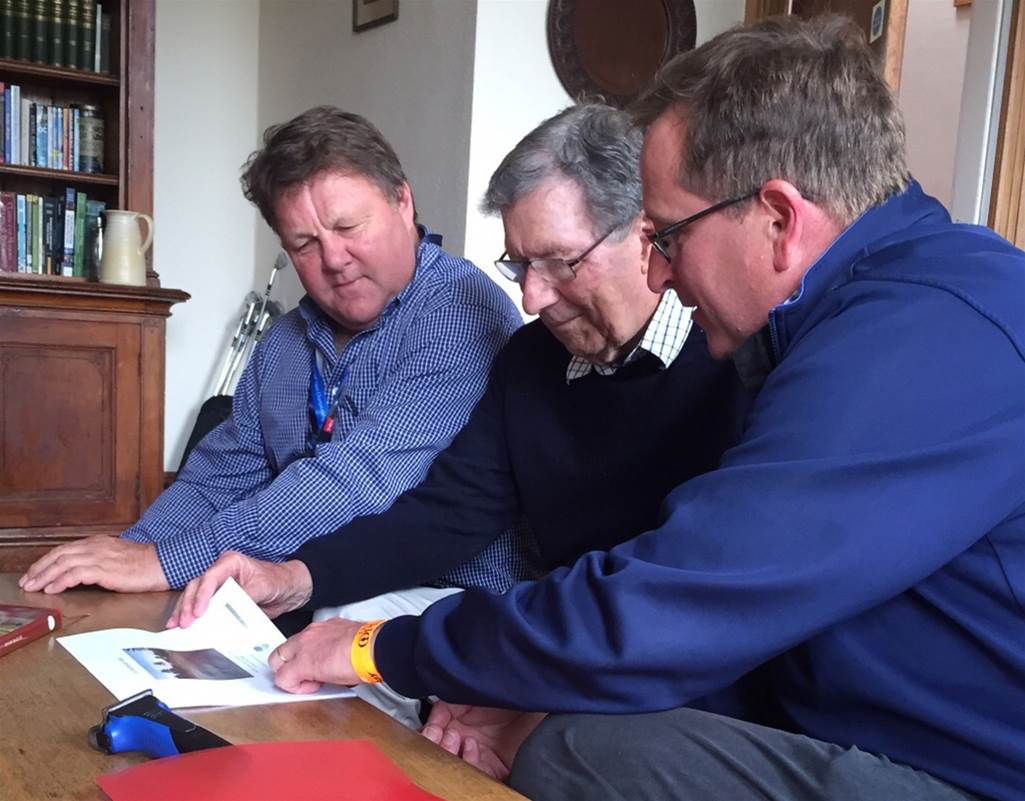
How many courses have you personally designed?
I have probably designed over 25 courses in more than 20 countries but in this business more probably stay on the drawings boards than get built. Of the built courses I believe it is around 10 courses completed. We have three new 18-hole projects in design and construction at present in Egypt, Turkey and Poland.
Additionally, we have consulted to more than 50 existing golf courses, mostly in and around the Surrey/Berkshire region. There are probably 300 golf courses within an hour drive of my house in Woking, Surrey.
Who were/are some of your idols?
In the golf design world some of the classic architects such as Harry Colt and Tom Simpson had an incredible ability to route golf courses to encompass all the natural features apparent on a site. Their courses have stood the test of time and are as enjoyable and visually striking today as they were when they were created.
Of the modern era, David McLay Kidd and Kyle Phillips have both been personal supporters and great idols of mine. They have a very distinctive vision for their projects which adds to the playing and landscape experience. I love playing their courses as they are so playable and always visually striking – the complete package.
How might somebody recognise that they’re playing one of your courses?
I hope that they see a course that allows golfers to get off the tee. We always try to create a safe and secure playing option off every tee. In recent times, we have been designing courses with less bunkers and more ground contours, so I hope that will be a recognisable characteristic for our courses.
For every project, we take a deep thought into the sustainability and landscape treatment for the golf course. Many new golf courses have an external landscape architect do the landscape plan. We make sure that we do the landscape strategy for every project and ensure it gives the golfing experience a boost by the landscape form.

What are some of the biggest challenges facing your profession?
I think the greatest challenge is people/clients not fully understanding the value of great design. Some short-sighted clients or clubs feel they don’t want to invest in the design process and consider it a luxury. History has shown that many of these clubs and clients have wasted excessive amounts of cash with amateur decision making through committees or rushing to construction.
Does the modern ball go too far?
For me the modern ball doesn’t really have a massive effect though I can probably play better now with little practice than when I was younger and practiced a lot.
For professional and tournament golf, the ball is definitely going too far. I am not sure if it will be resolved but I hope it will be drawn back to ensure the longevity of classic tournament courses around the world.
What are some of the challenges living internationally?
The greatest challenge is missing my family and friends in Melbourne. I speak with my parents every week via FaceTime which is lovely but not the same as sitting down and having a cup of coffee together.
Where we live in Woking, Surrey it is very nice with vegetation and good transport links to London or Heathrow. As our projects are scattered around Europe, Middle East, Africa and upcoming in Canada, travel is a major part of my time.
Do you come back to Australia often?
We come to Australia every two years with my parents visiting us in Surrey on the other year. We normally base ourselves in Melbourne at my parents’ house in Hampton but now as our daughter gets older we are trying to explore more of Australia. Last visit we went to Sydney for four days which was fantastic.
Can you tell me about your family?
I have been married for 17 years and we have a 13-year-old daughter. Both don’t play golf, which makes golf on holidays pretty difficult. Both my parents are fit and healthy and play golf at Yarra Yarra and Cheltenham Golf Club. I also have a sister based in Melbourne.
Where do you see yourself working/living in 10 years?
We as a family have no plans to move away from the UK. It is very nice living here in Surrey – except for winter. Once our daughter goes to university or leaves home we might consider living in other destinations for a period of time.
What are some of your greatest aspirations?
I would love to design or work on a course in Australia one day, as throughout my 25 year career in the golf design business, I am yet to work in Australia. I hope one day that might change. A few clubs in Australia have approached us but as yet we have not secured a commission.
We have recently opened an office on the West Coast of Canada in Whistler and we seek to make an impact in the region over the coming years.
Perhaps the greatest aspiration would be to continue to design golf courses and turn my 25 years in the business into 50. I truly hope that will happen.

